Derived from natural sources such as marine organisms, fungi, and plants, chitosan oligosaccharides are of interest for their effective bactericidal properties. Its mechanism of action involves multiple pathways that contribute to its effective control of fungal pathogens. The following are the key mechanisms by which chitosan oligosaccharide exerts its bactericidal effect:
1. Destruction of fungal cell wall
One of the main mechanisms by which chitosan oligosaccharides act as fungicides is by disrupting the cell walls of fungal pathogens. The cell wall is a key structure that maintains fungal cell integrity and survival. Chitosan oligosaccharides interfere with the synthesis and assembly of cell wall components, resulting in a weakened cell wall that is more susceptible to environmental stress and the immune response of the host plant. This destruction ultimately leads to lysis and death of the fungal cells.
2. Induction of plant defense responses
Chitosan oligosaccharides also enhance plants’ natural defense mechanisms. When applied to crops, it acts as an elicitor, triggering the plant’s immune system to produce a range of defense-related compounds. These include phytoalexins, pathogenesis-related (PR) proteins, and various antibacterial enzymes. These compounds help inhibit the growth and spread of fungal pathogens, providing plants with an extra layer of protection.
3. Antioxidant activity
Fungal infections often lead to the production of reactive oxygen species (ROS) in plants, causing oxidative damage to plant tissues. Chitosan oligosaccharides have been shown to have antioxidant properties, helping to neutralize reactive oxygen species and reduce oxidative stress. By reducing oxidative damage, chitosan oligosaccharides help maintain the health and vitality of plants, making them less susceptible to fungal infections.
4. Inhibit fungal enzymes
Fungal pathogens rely on specific enzymes to invade and colonize plant tissues. Chitosan oligosaccharide can inhibit the activity of these enzymes, thereby preventing fungal infections. For example, it inhibits enzymes involved in plant cell wall degradation, such as cellulases and pectinases, which are essential for fungal penetration and spread.
5. Regulation of soil microbiome
Chitosan oligosaccharides can also influence the soil microbiome, promoting the growth of beneficial microorganisms that fight fungal pathogens. These beneficial microorganisms can outcompete pathogens, compete for resources and space, produce antifungal compounds, and enhance the overall health of soil ecosystems. This creates a less favorable environment for fungal pathogens, reducing their ability to infect plants.
In conclusion
The bactericidal effects of chitosan oligosaccharides are multifaceted and include disruption of fungal cell walls, induction of plant defense responses, antioxidant activity, inhibition of fungal enzymes, and modulation of the soil microbiome. These combined mechanisms make chitosan oligosaccharides an effective and versatile tool for controlling agricultural fungal diseases. As research continues to reveal more details about its mode of action, chitosan oligosaccharides may play an increasingly important role in sustainable and eco-friendly agricultural practices.
Post time: Sep-18-2024




